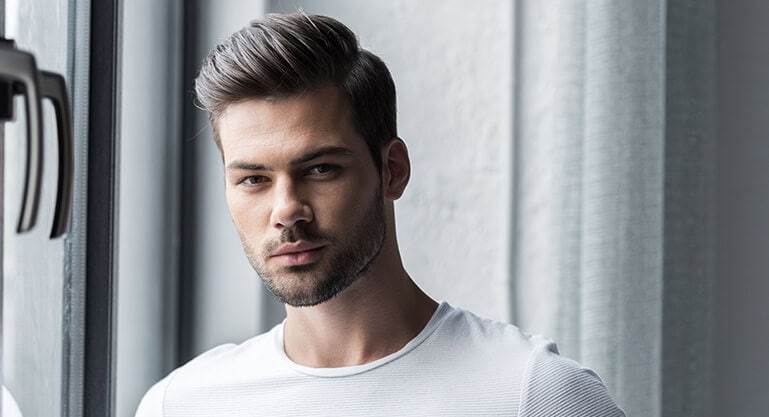Treatment Methods
Hair Laser
Hair laser treatment, also known as low-level laser therapy (LLLT), uses low-level laser light to stimulate hair follicles. This treatment method aims to slow hair loss and stimulate new hair growth. The laser light energizes the hair follicles, increasing the metabolic activity of the cells, which can stimulate the hair growth cycle. There are various options available, ranging from portable devices that can be used at home to professional clinical treatments.
Exosome Hair Treatment
Exosome hair therapy is an innovative treatment using exosomes (microscopic vesicles) derived from stem cells. Exosomes are carriers of biological information that repair hair follicles and promote hair growth. This treatment aims to reduce hair loss and stimulate new hair growth through exosomes injected into the scalp. Exosomes contain growth factors and other biomolecules that help regenerate hair follicles.
Hair Mesotherapy
Hair mesotherapy is the process of injecting vitamins, minerals, amino acids and other nutrients directly into the scalp to treat hair loss and stimulate hair growth. This method improves hair health by providing hair follicles with the nutrients they need. Mesotherapy sessions are usually spaced a few weeks apart and aim to slow hair loss, improve hair quality and stimulate new hair growth.
Stem Cell Hair Treatment
Stem cell hair treatment is a method using stem cells to stimulate the regeneration of hair follicles. This treatment is done by injecting stem cells, usually taken from one’s own body, into the scalp. The stem cells send cellular signals that support the repair of hair follicles and stimulate new hair growth. This treatment can be effective in reducing hair loss and increasing hair growth.
Hair Transplantation
Hair transplantation is one of the most common and effective surgical treatments for people with permanent hair loss. In this procedure, healthy hair follicles, usually taken from the back or side of the head, are transplanted to balding or sparse areas. There are two main methods, FUE (Follicular Unit Extraction) and FUT (Follicular Unit Transplantation). Hair transplantation is an ideal solution for those who want to achieve natural-looking and permanent results.
If you want to have healthy, natural and permanent hair, it is useful to apply to specialist hair doctors. Your hair transplant doctor will tell you the appropriate hair treatment according to your hair loss problem. You can contact our specialist hair transplant doctors for detailed information about hair transplantation and treatments.













